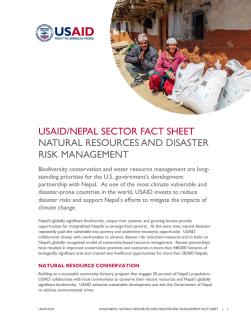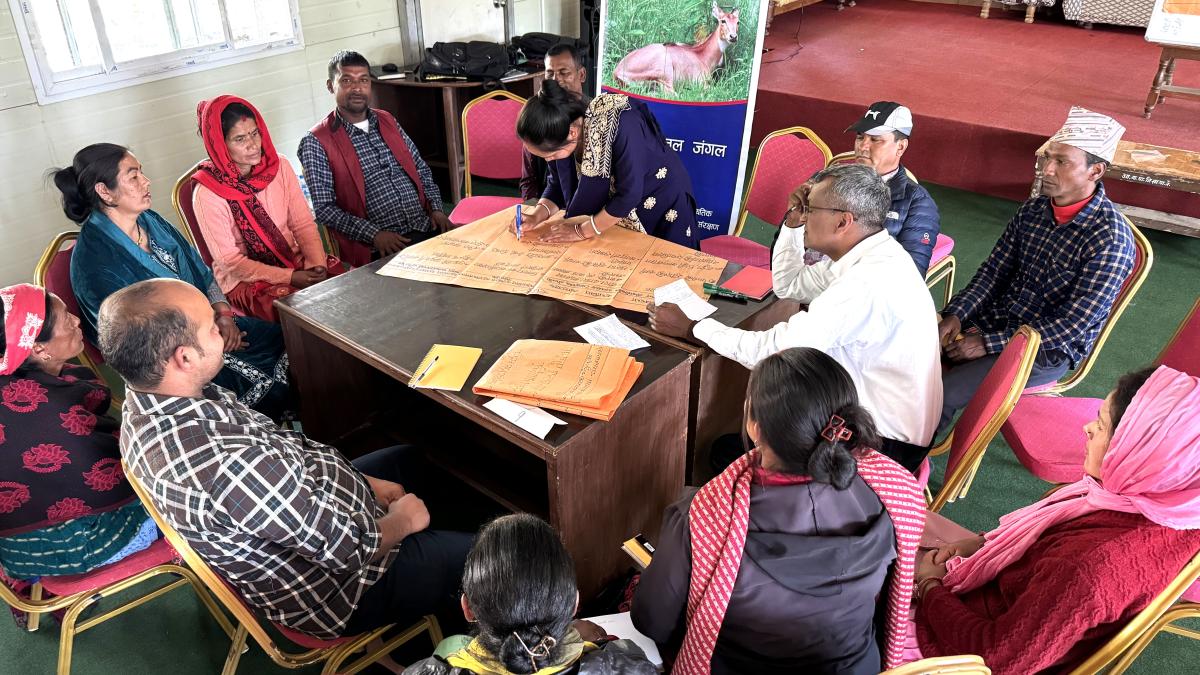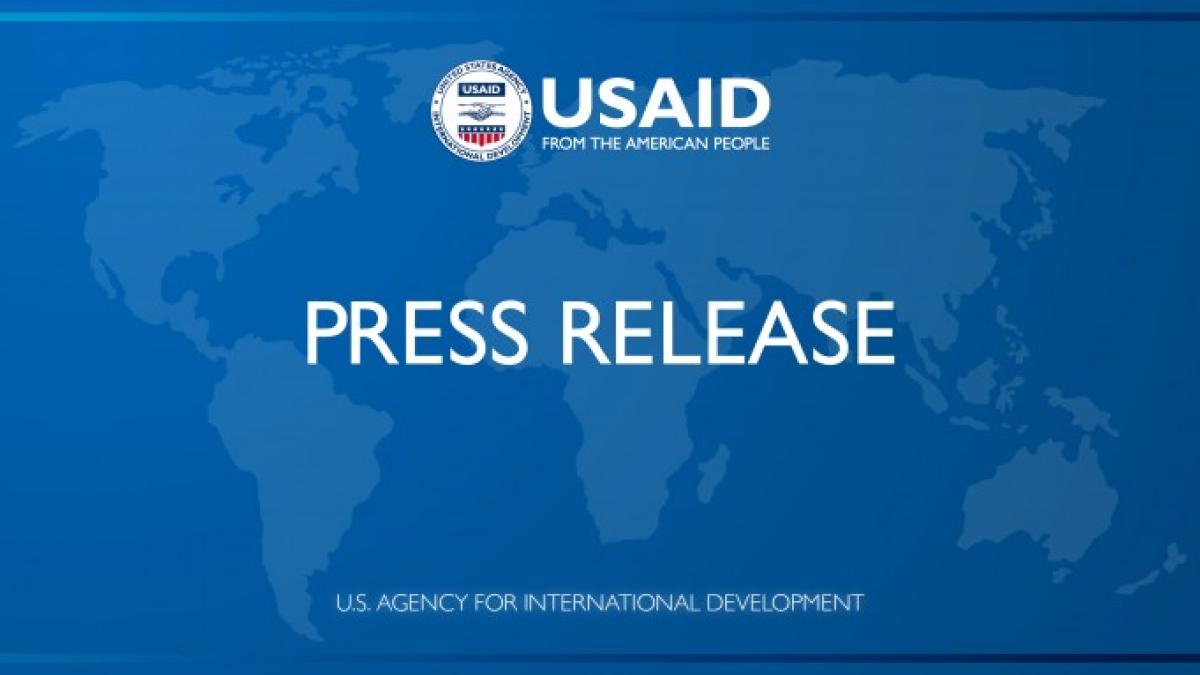Environment & Resilience Office Sector Fact Sheet
$110 Million in Current Activity Funding
Biodiversity conservation and water resources management are long-standing priorities for the U.S. government’s development partnership with Nepal. As one of the most climate vulnerable and disaster prone countries in the world, USAID invests to reduce disaster risks and support Nepal’s efforts to mitigate the impacts of climate change.
Nepal’s globally significant biodiversity, unique river systems and growing forests provide opportunities for marginalized Nepalis to emerge from poverty. At the same time, natural disasters repeatedly push the vulnerable into poverty and undermine economic opportunity. USAID works closely with communities to advance locally appropriate disaster risk reduction measures and to build on Nepal’s globally recognized model of community-based resource management. Recent partnerships have resulted in improved conservation practices and outcomes in more than 448,000 hectares of biologically significant area and created new livelihood opportunities for more than 28,000 Nepalis.
Natural Resource Conservation
Building on a successful community forestry program that engages 50 percent of Nepal’s population, USAID works with local communities to conserve their natural resources and Nepal’s globally significant biodiversity. USAID advances sustainable development and assists the Government of Nepal to address environmental crime.
Sustainable Energy Sector Development
USAID supports Nepal’s energy sector through clean energy investments that dramatically expand energy access; promote sustainable hydropower, and advance clean energy generation, including solar and wind. USAID advances urban energy systems including electric transportation to also address Nepal’s growing air pollution challenges.
Climate Change Adaptation and Disaster Risk Management
USAID works with national and local governments to address the infrastructure needs of vulnerable populations and to increase Nepal’s ability to prevent, mitigate, and respond to natural disasters. USAID helps communities, the private sector, and elected officials identify climate change and natural disaster risks and take steps to reduce risks.
Resilience of Women, Marginalized, and Vulnerable Groups
USAID focuses on helping Nepali communities and governance systems build resilience to recurrent shocks. USAID engages marginalized and vulnerable people in all stages of project design and management; ensures inclusive development approaches; and invests to improve disaster management capacities and systems.
Impact/Results:
More than 448,000 hectares of biologically significant areas are under improved natural resource management.
More than 28,000 people have experienced increased economic benefits as a result of sustainable management of natural resources and conservation.
More than 103,000 people are now using climate information or implementing risk-reducing measures to improve resilience to climate change.
More than 7,088 person-days of labor generated for rural and marginalized communities most affected by COVID-19, providing them with NPR 4 million.
More than USD 1.6 billion mobilized for developing 1,100 MW of hydropower, which will more than double current national generation capacity relative to the baseline.
Contributed to a 40 percent increase in the rhino population since 2011, and a 94 percent increase in Nepal’s tiger population since 2009.
Reconstructed and handed over 28 schools (serving nearly 8,000 students) and seven health facilities (serving nearly 240,000 people) across five districts.
Provided technical assistance on modern safety standards in the construction of more than 48,300 earthquake-safe homes.
Established nine Reconstruction Resource Centers to provide training and technical assistance support for housing reconstruction.
Set up one new construction material testing laboratory and upgraded another to bolster the construction industry.
Trained over 28,000 construction workers on health, safety, and disaster resilient building construction.
Trained more than 2,300 local government engineers on disaster-resilient construction technology.
Provided technical assistance for 42 Disaster Risk Management related policy documents contributing to Municipal disaster resilience.
Reached nearly one million people through COVID-19 socio-economic recovery initiatives. This helped re-establish the livelihoods of more than 12,000 individuals and supported almost 800 small businesses in partnership with local chambers of commerce.
*Data from FY2021
Share This Page





